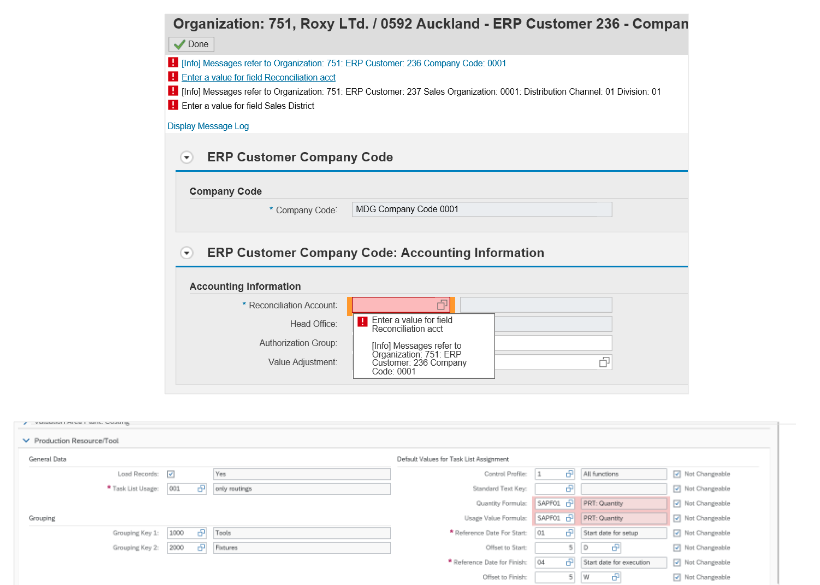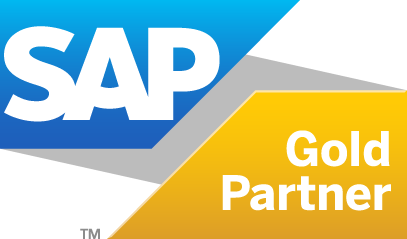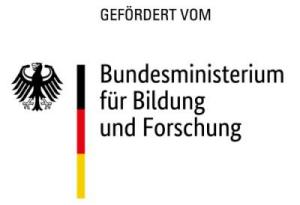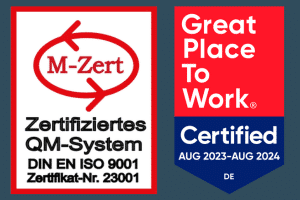SAP Master Data Management
SAP Master Data Management and Governance bears many advantages. Companies doing business internationally with multiple suppliers, partners and customers may come across a variety of challenges. One of these challenges is different writing and spelling in alphabets or set of symbols (Chinese, Russian, etc.), that differ from the Latin characters.
The solution to this challenge is the use of cross-referenced data and translation in combination with transliteration.
This QUANTO Solutions article takes a deep dive into the world of SAP Master Data, its management, governance as well as its transliteration for global business ventures.
What is SAP Master Data?
As you probably already know, SAP Master Data Management allows companies to organize and store basic information about products, supplier and customer master data, employees, and other partners’ master data. It is a crucial part of SAP Business Partner and allows data to be managed centrally so that it is available to all SAP systems. This removes the margin of error regarding duplicate, incorrect and/or incomplete data.
To sum it up, accurate master data is essential for creating correct invoices and legal documents, checking sanctions lists as well as reaching target groups through marketing campaigns.
Master Data Management (MDM)
Master Data Management (MDM) is a tool for maintaining data in SAP. Developed in 2004, MDB ensures database consistency and simplifies the management of master data in the Enterprise Resource Planning (ERP) system. In other words, MDM serves as a link between all critical data and allows SAP users to organize and manage master data for example, to merge data or to improve its quality.
SAP MDM allows companies to increase the quality of their master data and streamline processes between departments and employees. This is particularly beneficial for larger and complex businesses. Furthermore, what’s great about SAP MDM is that it can be used with SAP and third-party systems alike.
Master Data Governance (MDG)
The increasing demand for good governance and compliance led SAP to release SAP MDG in 2016, an alternative master data tool. It allows users to define individual data release and approval processes in addition to the master data management. Data consolidation, central governance as well as data quality management and process analytics are the main benefits.
As the master data management layer of SAP’s Business Technology Platform, MDG can be done via SAP S/4 HANA on-premise or via a cloud solution. Master Data Governance in SAP S/4 HANA simplifies the enterprise data management process, harmonizes data and reduces costs with a single and centralized solution. Likewise, the cloud edition offers the same benefits, complementary to the SAP S/4 HANA on-premise integration and at a very low entry barrier.
SAP Materials Management (MM)
The SAP MM module is a component in SAP ERP which helps organizations with everything around their products, including material types, inventory, storage/warehouse, accounting information, purchase and sourcing information, and more. It is the central point of information and
The two main types of master data are:
- Material Master Record
- Vendor Master Data
Let’s have a look at these in more detail.
1. Material Master Record
These data sets contain all the information related to a product that an organization sources or purchases, manufactures or produces, and sells as a finished product, including its assigned material.
The codes for the different types of material descriptions are finished product (FERT), semi-finished product (HALB), and raw material (ROH). Other aspects are the material group as well as manual and automatically assigned material numbers.
2. Vendor Master Data
Likewise, this data set contains all information about sellers, including address and financial data, payment terms, as well as transactional data like orders, invoices, payments, and more. The purchasing and accounting department of a company can use and process the information from the vendor master data.
The vendor master data record consists of general data, accounting data, and purchasing data. The characteristics are account group and the vendor number.

Challenges When Managing SAP Master Data
Centralized management of international data in various formats, handled by a number of people, can pose serious challenges. The main issue occurs in regard to localization though. Let’s look at this topic in a bit more detail.
First of all, globalization of business is a huge opportunity. Just keep a few things in mind to not oversee any legal requirements and other potentially harmful aspects when doing business internationally.
The main point of internationalization in business is working with partners in countries that have a different alphabet/writing system than the Latin one. For example, Chinese characters (Hanzi) in China and Cyrillic in Russia.
To this, data gathering, cross-referenced data and translations are necessary requirements combined with transliteration – meaning transferring words from a source alphabet to a target alphabet – a step which is often overseen. Take a deep dive into the topic of transliteration in this QUANTO Solutions article.
Besides, when doing business globally, checking sanctions lists is legally mandatory to fight international terrorism, to protect your business and minimize risks. Find out more about the highly relevant topic of checking sanction lists to potentially avoid high fines.
In both cases, Quanto Transliteration Center has got you easily covered to take this worry off of your mind.
The Takeaway
SAP Master Data Management and Governance is a smart solution for larger companies doing business with a variety of suppliers, customers, and products. It helps consolidate and manage data, avoid errors and duplicates, as well as issue correct invoices and legal documents.
However, there are also challenges, in particular when doing business with international partners who use foreign alphabets and spelling like Chinese and Russian. To this, transliteration is part of the answer to maintain data integrity and avoid potential fines based on the mandatory checking of international sanctions lists.
Are you curious to find out more? Talk to the SAP Security & Cloud Transformation Experts at QUANTO Solutions. Your FREE consultation starts here!










